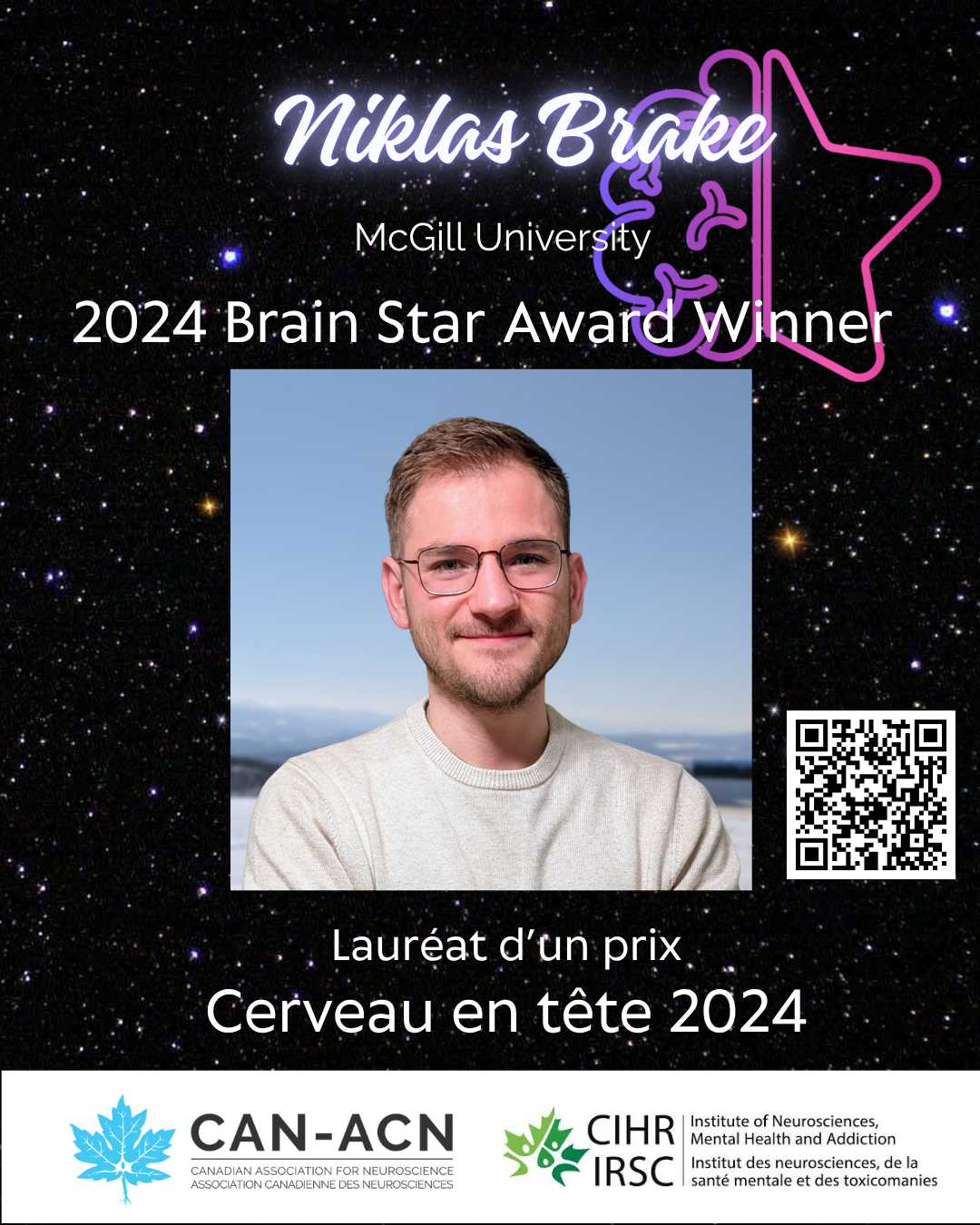Better understanding the non-rhythmic components of Electroencephalography (EEG) can lead to better interpretation of brain activity
Article citation
Brake, N., Duc, F., Rokos, A., Arseneau, F., Shahiri, S., Khadra, A., and Plourde, G. (2024) A neurophysiological basis for aperiodic EEG and the background spectral trend. Nature Communications 15(1514). https://www.nature.com/articles/s41467-024-45922-8
Electroencephalography (EEG) has been in use for almost a century to study brain activity, during which time its rhythmic oscillations in signal, seen as waves of activity, have shaped a unique lens through which many researchers view the nervous system. Recently, interest has shifted toward seemingly non-rhythmic (i.e., aperiodic) EEG signals, which have been linked to various neurological conditions and states of consciousness. However, these findings have been primarily descriptive, leaving interpretations of these aperiodic signals elusive.
In this study, Niklas Brake, in the research group of Professor Anmar Khadra at McGill University and collaborating with anesthesiologist Dr. Gilles Plourde at the Montreal Neurological Institute, used biophysical modeling to show that large aperiodic fluctuations in the brain’s electric field arise from cortical circuits synchronizing with aperiodic dynamics. These fluctuations, in turn, can significantly bias traditional EEG interpretations. Additionally, the model predicted that both periodic and aperiodic EEG signals are shaped by the molecular timescales of the brain’s inhibitory pathways. To test this, they collected EEG data from individuals undergoing general anesthesia with propofol, a drug that alters the molecules underlying neural inhibition. The observed signal changes matched their model predictions. Using insights from the modeling, they developed an analysis method for identifying and removing aperiodic EEG signals, both to extract aperiodic features and to improve brain rhythm characterization. Applying this method to EEG data revealed that loss of consciousness from propofol was uniquely associated with an increase in delta rhythms, an observation that had previously been masked by propofol’s molecular effects.
Overall, this study extends EEG theory beyond neural oscillations, illustrating how EEG signals are shaped by neural mechanisms other than brain rhythms and revealing how these signals can undermine traditional analysis methods.
Read more: https://can-acn.org/brain-star-award-winner-niklas-brake/

